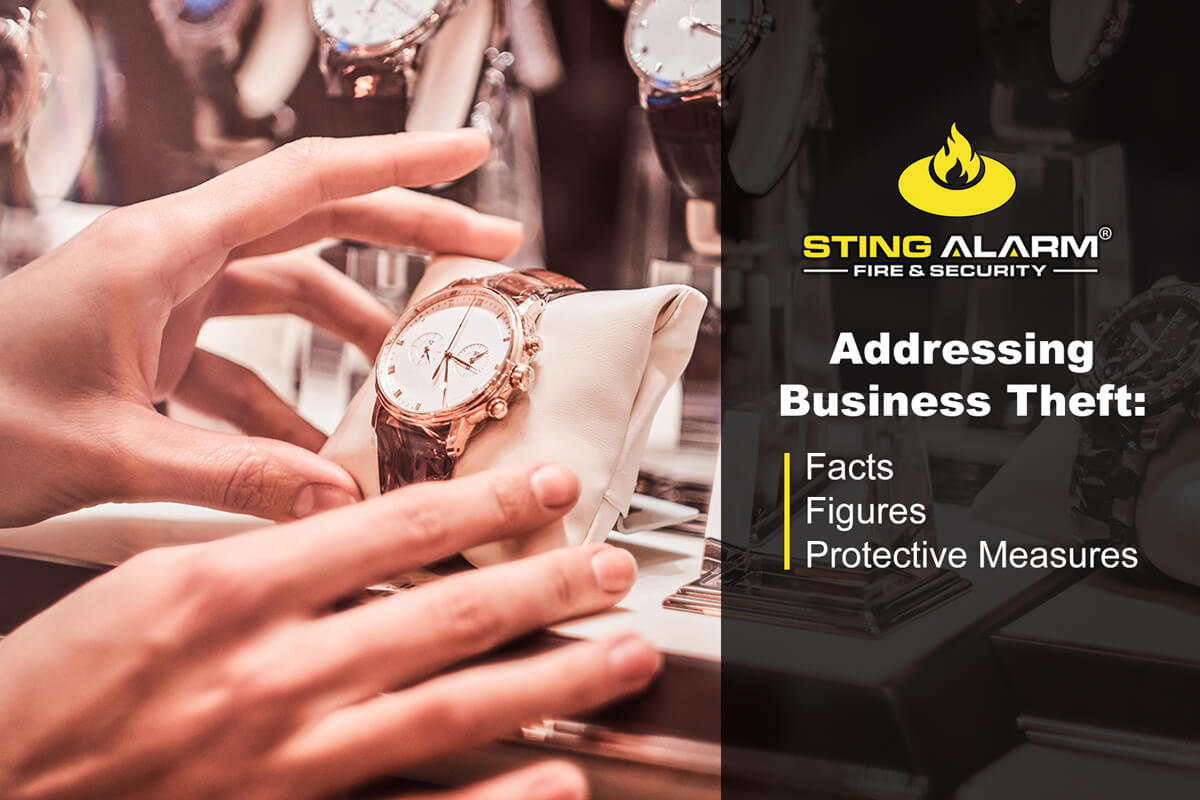
Addressing Business Theft: Facts, Figures, and Protective Measures
Table of Contents:
- Introduction
- Organized Retail Crime (ORC)
- Internal Theft
- Inventory Losses
- Loss Prevention Strategies
- Resources
1. Introduction
As an entrepreneur, you have dedicated significant time, energy, and resources to ensure your venture’s success. Nevertheless, theft and fraud remain among the most critical risks faced by small businesses, posing a severe threat to your achievements and potentially leading to bankruptcy. Regrettably, no enterprise is entirely resistant to these perils, making it crucial to proactively protect your investments and future.
2. Organized Retail Crime (ORC)
In 2021, the retail sector witnessed a substantial increase in shrinkage, with losses totaling $94.5 billion, an upsurge from the prior year’s $90.8 billion, as disclosed in the 2022 National Retail Security Survey conducted by the National Retail Federation. A considerable factor contributing to this issue is organized retail crime (ORC), which presents a growing menace to individual retailers and the entire industry.
3. Internal Theft
The National Federation of Independent Business (NFIB) highlights that internal theft is a significant concern for small businesses, contributing to around 30% of all enterprise failures. Such theft is a critical aspect of business-related theft and frequently occurs within the organization. This underlines the necessity of implementing stringent measures, including comprehensive background checks, transparent policies, and robust internal controls.
4. Inventory Losses
Inventory losses refer to financial damages incurred by retailers due to various factors such as theft, fraud, and inventory discrepancies. In recent years, the prevalence of inventory losses has progressively risen, posing a considerable challenge to retail businesses’ profitability. The causes of inventory losses are diverse, including internal theft, customer shoplifting, administrative errors, and supply chain inefficiencies.
5. Loss Prevention Strategies
Consequently, it is crucial for retailers to implement effective loss prevention techniques to minimize inventory losses. These methods may involve investing in advanced security systems, training employees to detect and avert theft, optimizing inventory management, and conducting regular audits. By adopting proactive measures to reduce inventory losses, retailers can protect their profits and ensure sustainable growth in the fiercely competitive retail sector.
6. Resources
- National Retail Federation’s 2022 National Retail Security Survey
- National Federation of Independent Business (NFIB) – Employee Theft
- Loss Prevention Research Council (LPRC) – Provides research, strategies, and resources for loss prevention in retail.
Author: With over 20 years of experience, Sting Alarm security systems is a Las Vegas-based company that specializes in providing top-notch security systems and fire protection for both residential and commercial properties.

